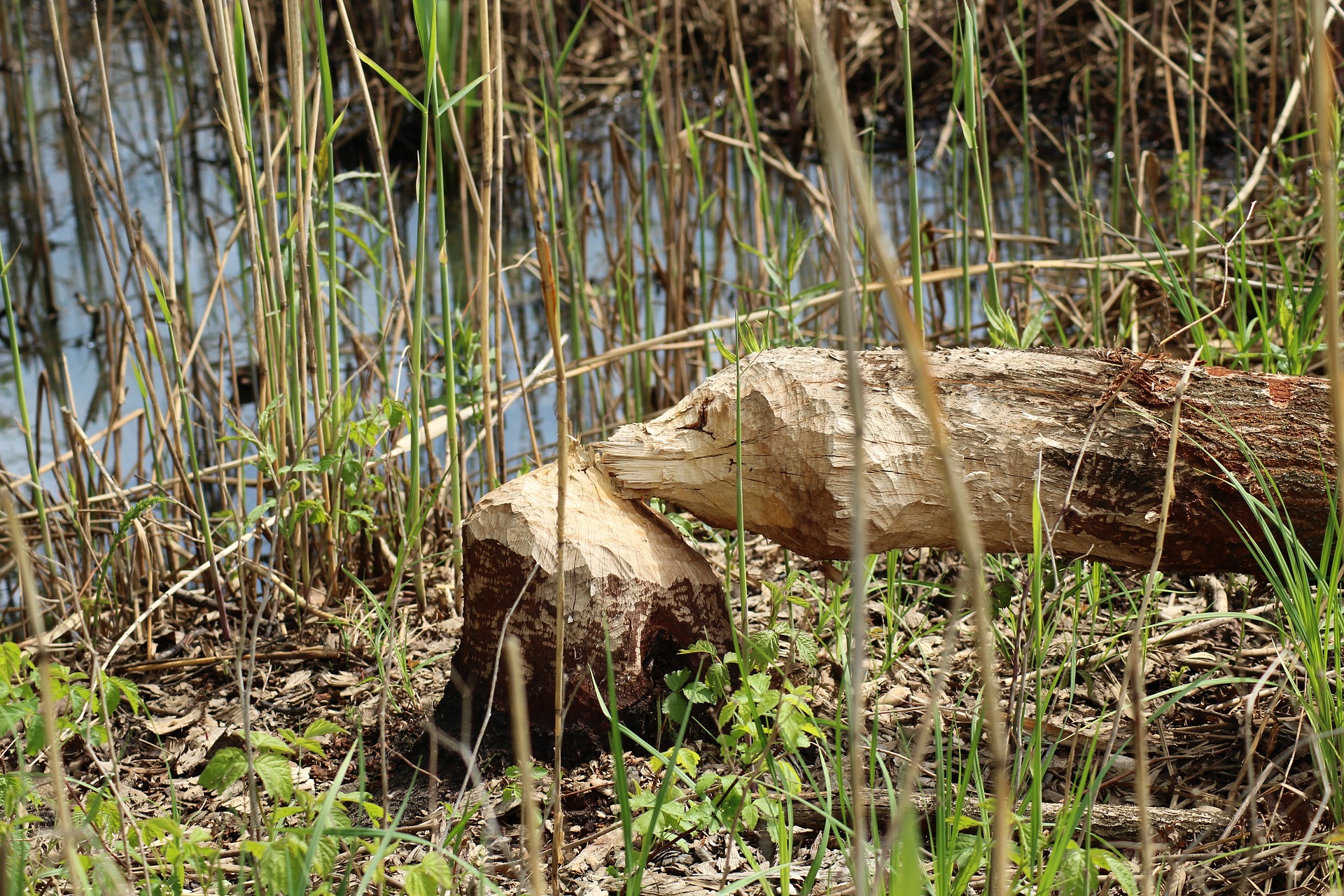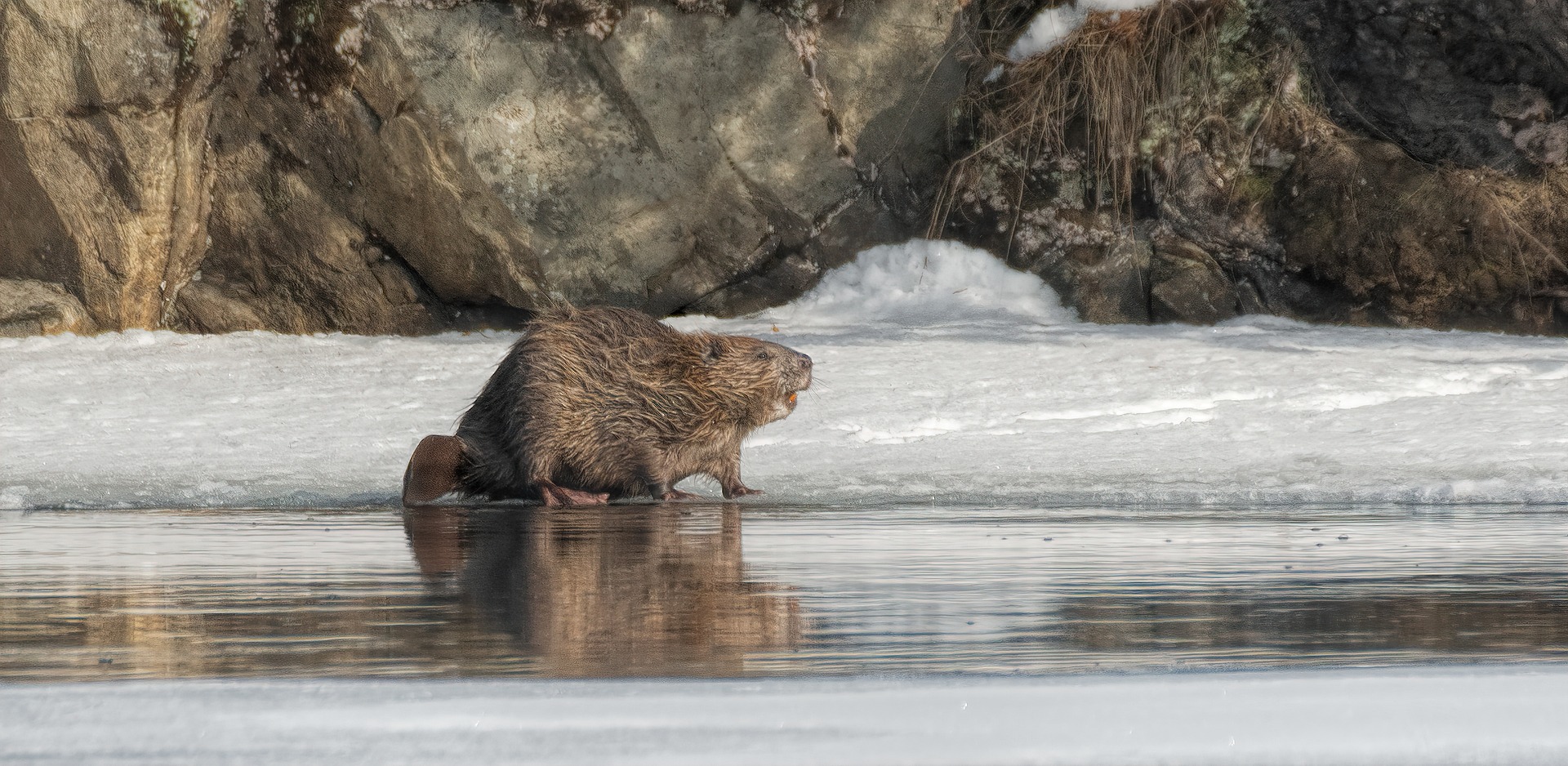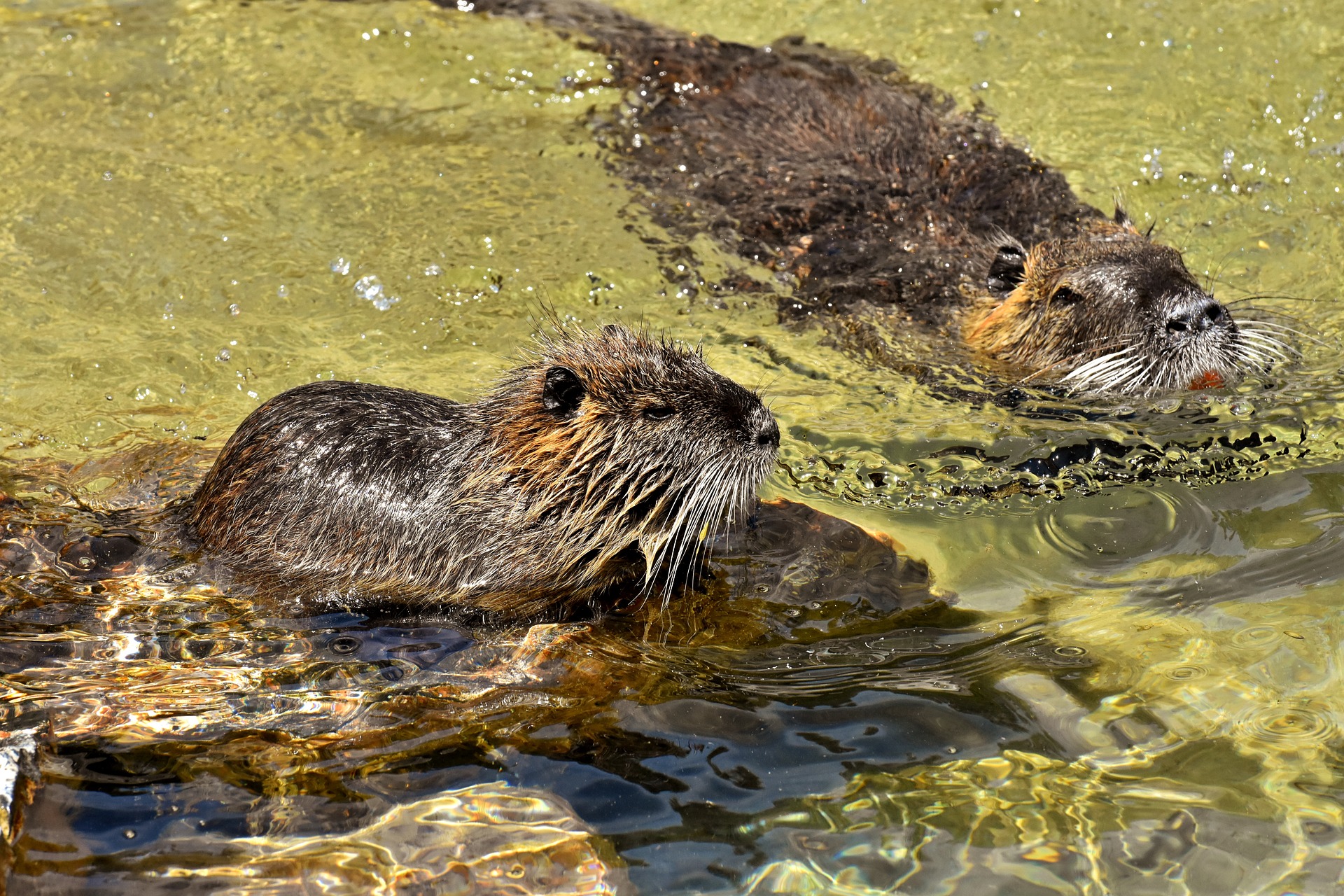Tactics
Plan Your Dove Fields Now for Hunting Season Success
July 2, 2025 •John N. Felsher
There is no animal more iconic in trapping than the beaver. The incredible value of the beaver pelt spurred expansion west and was the genesis of an era of American history. Beavers were so desirable that their extinction seemed inevitable until silk the new hot commodity for hatters in Europe. Now, they have recovered to the point of nuisance and there’s a renewed need for population management by beaver trapping.

Trapping is highly regulated: state wildlife management agencies closely monitor populations and interactions to determine best practices. Many states offer trapper education programs, mostly available online. These courses give new trappers a thorough understanding of the terminology, regulations, and expectations. However, nothing can surpass personal instruction from a mentor. State trapper associations can connect you with a seasoned expert willing to take on an apprentice.
Once a trapper, the National Trappers Association’s Best Management Practices will help guide you for virtually every species. Each booklet discusses the natural history, behaviors, equipment, and strategies for successful trapping.
Most beaver sets will be in water utilizing 330 conibears. These large square traps are incredibly strong and can be difficult to set, making them dangerous for newcomers. Any trapper who has used them for a while can describe what it’s like to have a finger caught in the jaws; therefore, use setting tools and safety locks religiously. Standing in icy water without the use of your hands creates an instant survival crisis. Just like a hunting trip, let someone know you location and schedule before you set your trapline.

If conditions prevent water sets, or you don’t feel comfortable going waist deep in a creek during the coldest part of the year (I don’t blame you), footholds can be effective. Like the conibear, these sets require a decent amount of setup to anchor and cable for a drowning set.
Snares are probably the quickest set to make, but require an understanding of beaver behavior to be effective. Having several setups in an area with signs of activity will maximize your efforts. Bycatch chances increase with these methods as well. Check traps regularly and explore techniques to mitigate unwanted catches in your area.
Animals deserve proper fur handling from trappers. Pelts for sale or personal use both deserve the same attention. Trappers should clean the catch immediately, store it in a cool place to dry, and be conscientious where to lay fur down. Watch for fleas and ticks and treat the fur by placing is in a contractor trash bag with flea powder. Also, nitrile gloves can prevent the spread of disease and make handling cold or wet flesh easier. It doesn’t take much for a pelt to sour if it isn’t treated properly.

Castor, or beaver tail, are also valuable, with prices fetching $60 to $100 per pound. It’s also regaining a reputation as fine table fare. During the sixteenth and seventeenth century, Native Americans and the coureur des bois held beavertail in high regard. Its high fat content and calorie load made it ideal for the large energy needs of those ranging the wilds.
Today, wild game chefs tout its light texture and deep taste — especially when roasted. After skinning the tails, people can make them into leather for the curio market. Cleaned and whitened skulls displaying their hallmark orange incisors are sure to interest collectors willing to pay more than $30. You can even use carcasses for dog food and to bait other traplines. No matter what, it’s important to check your state regulations on selling, bartering, and sharing any parts of your catch.